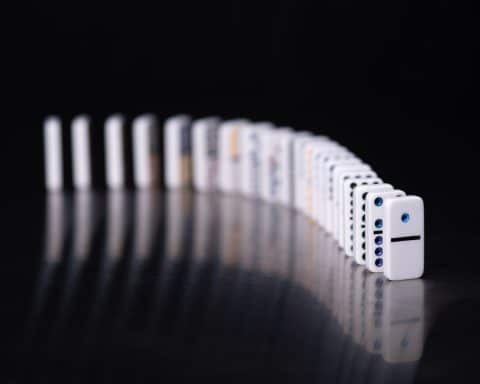Philip Lewis is a postdoctoral researcher in physiology and epidemiology; Ursula Wild is a physician in occupational medicine; and Thomas C. Erren is a professor in occupational and environmental medicine at the University Hospital of Cologne, Cologne, Germany.
COVID-19 has forced enormous numbers of workers into working from home and students into remote learning worldwide. Modern laptops are sufficiently equipped and cheap enough to support this being a sustainable project. Thus, with the feasibility of home office working demonstrated during the pandemic for many, this transition to working more at home is unlikely to be reversed for many post-pandemic. Just as the pandemic has led to change in general practice,1 so too has it led to a change in the exposures of the patients. For instance, increased laptop usage can come at a possible price for skin health due to emitted infrared radiation.
Sporadic reports are increasing in number… with laptops frequently identified as the source of infrared radiation in these cases.
Hitherto, EAI diagnoses were scarce and, as such, epidemiological insights are limited. Historically, it has been associated with working and cooking near or at open fires and stoves but this is much less common nowadays. However, sporadic reports are increasing in number — easily evidenced by a simple search of the scientific and medical literature — with laptops frequently identified as the source of infrared radiation in these cases. Case reports may become case series soon with increased, repeated, and prolonged laptop usage in the home during and after the COVID-19 pandemic. Even children spending prolonged periods indoors playing with or using laptops to study may be at increased risk.6
When EAI is identified, follow-up is necessary in case the damaged skin develops into pre-cancerous or cancerous lesion.
EAI is infrequently encountered in general practice, but the number of cases is likely to increase during and after the COVID-19 pandemic. Therefore, increasing awareness now may prevent case occurrence or save time and stress later for both patient and doctor when EAI is encountered.
References
1. Marshall M, Howe A, Howsam G, et al. COVID-19: a danger and an opportunity for the future of general practice. Br J Gen Prac. 2020;70(695):270-271. doi: https://doi.org/10.3399/bjgp20X709937
2. Riahi RR, Cohen PR. Laptop-induced erythema ab igne: Report and review of literature. Dermatol Online J. 2012;18(6):5.
3. Cantor AS, Bartling SJ. Laptop computer-induced hyperpigmentation. Dermatol Online J. 2018;24(12):pii.
4. Boffa MJ. Laptop computer-induced erythema ab igne on the left breast. Cutis. 2011;87(4):175-76.
5. Wild U, Lewis P, Groß JV, et al. [Work under exposed to infrared radiation (heat radiation) – Hazards and damage to eyes and skin]. AWMF online 2019 (https://www.awmf.org/leitlinien/detail/ll/002-010.html)
6. Arnold AW, Itin PH. Laptop computer-induced erythema ab igne in a child and review of the literature. Pediatrics. 2010;126(5):e1227-30. doi: 10.1542/peds.2010-1390
Featured photo by Mimi Thian on Unsplash








